By Steven D. Lutz
As soon as Colonel James Doolittle’s B-25 raid struck Japan in April 1942, Japan sought to wreak revenge on the United States, but by 1944 devastating aerial bombings on Japan by the Americans had become all too regular.
It was not until early 1945 that the Imperial Japanese Navy (IJN) was ready to strike America even further than it already had on December 7, 1941. After considering, then ruling out San Francisco, San Diego, New York City, and Washington, D.C. as targets, the IJN chiefs settled on America’s vital Panama Canal. The plan to disable the canal––through which the United States was funneling military resources from the Atlantic to the Pacific without the long voyage around the southern tip of South America––had been the brainchild of Admiral Isoroku Yamamoto, the architect of Japan’s attack on Pearl Harbor.
The plans called for an aerial bombing by specially designed attack planes launched from surfaced submarines. Those submarines, the Sensuika, or I-400 Series, would be the largest submarines the world would see for decades to come. Loosely translated as “Secret Attack Submarine,” Sensuikan was shortened to Sen Toku.
In mid-1942, Yamamoto foresaw two things: how susceptible Japan would become to American aerial bombing and how Japan could reciprocate against American soil. From that he envisioned 18 huge submarines––basically underwater aircraft carriers––that could ferry attack bombers to their targets. Although Yamamoto’s plan envisioned two planes per submarine to attack America’s shoreline cities, in actuality each I-400 was designed to ferry three Aichi M6A Seiran “Mountain Haze” planes.
Construction on the Sen Toku behemoths began on April 25, 1943, one week after Yamamoto was shot down and killed by American P-38s over Bougainville in the Solomons. But with Yamamoto’s death and the fortunes of war turning against Japan, there was nobody to champion Yamamoto’s dream.
Delays plagued the project from the beginning. The I-400 prototype, built at Hiroshima Bay’s Kure Navy Yard, was not commissioned until December 30, 1944, while both the I-401 and I-402 were laid down shortly thereafter at the Sasebo Navy Yard Docks at Nagasaki. Further, the naval construction facilities at Kure and Sasebo were often targeted by American planes but the damage was insignificant; the American bomber pilots had no knowledge of the giant submarines being built beneath them.
On January 8, 1945, the I-401 was commissioned and, six months later, on July 24, 1945, came the I-402. Once completed and out to sea, these vessels would become Submarine Division One.
Of the planned 18 submarines, however, only three would be completed: the I-400, I-401, and I-402; numbers I-404 and I-405 were still under construction when the war ended in August 1945. The remaining proposed fleet of the I-Series––403 and 406-417––was scrapped before construction could begin. In their place came two new submarines––the I-13 and I-14––that were smaller but still held the same design aspirations.
The Sen Toku were beyond comprehension of any navy but that of Japan; they were 60 percent larger than any submarine America would put forth until the nuclear submarine age. The most important part of the I-400s were the planes they sequestered within their watertight forward hangars. Japan had long mastered the art of flying piggy-backed scouting planes off of their surfaced subs.
The sea beast I-400 series measured 400 feet long with a beam of 39 feet and a draft of 23 feet. It was a double-hull configuration that the Soviets would replicate 30 years later. It operated on four diesel engines of 7,700 horsepower with two electric motors as back up. The sub’s surface tonnage was 5,223 tons; when submerged, it weighed 6,560 tons.
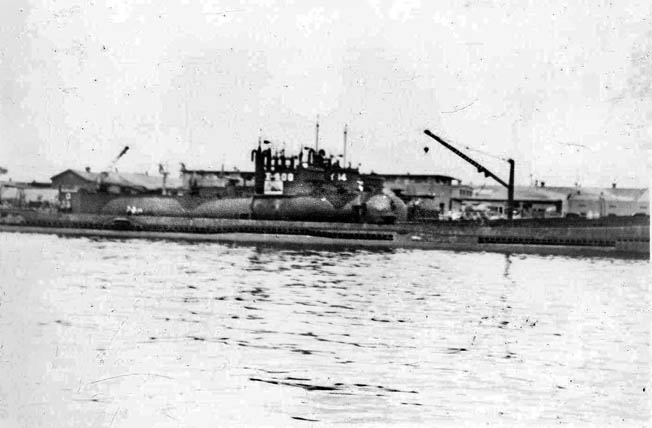
Prior to their deployment, the I-400s had retractable snorkels fitted. When they were submerged for extensive periods, fresh air could be taken in while poisonous diesel exhaust fumes would be expelled. The sea-roaming range was a staggering 37,500 miles without refueling. Their fastest surface speed just topped 18 knots; submerged, the speed was reduced to 6.5 knots. The deepest they could safely dive was 330 feet.
The crew, which numbered from 140 to 220 sailors per sub, had the extravagant luxury of a walk-in freezer for storing their on-board rations. Still, potable water was limited to mealtime servings only, and latrine service was less accommodating, with just one “head” per boat available.
The I-400s were well armed. From their eight forward torpedoes tubes, 20 Type-95 torpedoes could be fired. On deck, three triple-barrel 25mm guns and one 25mm single-barrel gun were mounted. An even heavier gun––a 140mm/5.5-incher––was also part of the armament.
Another unique application was a slide. Once ordered to clear the deck for a dive, sailors rushed the hatch of the conning tower. Jumping inside, they slid down a funnel onto a cushioned landing spot, thus cutting the time it took to clear the deck by more than half that of regular subs.

In appearance there was an oddity in the I-400s’ structure. From the bow’s view, the conning tower jutted off-center to the right. This was done to facilitate the 115-foot-long, 12-foot-wide, watertight aircraft hangar that housed the three attack floatplanes specially built by Aichi Aircraft Company of Nagoya just for the I-400 Series subs. Adjoining the hangar was an 80-foot-long pneumatic catapult.
In 1942 the Aichi company was put to work designing these floatplanes that became known as the M6A1 Seiran “Mountain Haze.” Each plane required a crew of two––a pilot and a gunner. The gunner faced rearward in the back seat and manned a 12.7mm Type-2 machine gun.
To save room in the subs’ hangars, the plane’s wings and tail had to be engineered to fold in along the fuselage. Instead of wheels, the Seirans came with two detachable floats. The bomb load came in varied combinations––two 551-pound bombs, one 1,764-pound bomb, or one 1,874-pound bomb. Once in flight, the Seiran could extend over 642 nautical miles/739 standard miles.
To expedite launch preparation, portions of the planes’ exteriors were coated with fluorescent paint, thus allowing the four-man teams readying the planes for flight to work in a minimum amount of light. Once the subs surfaced, a four-man deck crew could launch all three planes within 45 minutes. (After numerous delays, by July 1945, only 28 Seirans had come off the production line––16 short of the intended goal.)
The sole reason for the planes’ existence: to attack mainland America. All that was needed now was a target. Various targets were considered: West Coast cities and even Washington, D.C., were discussed. The idea of attacking the Panama Canal was also considered.
Before attacks on any of those targets became operational, however, Vice Admiral Jisaburo Ozawa set forth the I-400’s first mission. For its short existence, it was known as Operation PX, based on the achievements of Special Unit 731.
Special Unit 731 was a large, permanent-structure complex established in Harbin, Manchuria, that was opened as soon as Japan gained control on the Asian mainland. The facility was disguised as a water-treatment plant, but its real purpose was to research the causes and effects of germ/biological warfare. Their test subjects were thousands of civilian and military prisoners of war. (See the sidebar.)
By the early months of 1945, Japan was hell-bent on bringing some form of warfare upon America’s citizenry. Ozawa’s plan was to have the four subs of Sub Division One—I-400, I-401, I-13, and I-14—sail for America’s West Coast. Once in position they would launch their combined total of 10 Seirans with ceramic canister bombs filled with flea-bearing rodents infected with cholera, typhus, plague, and other pathogens designed to cause widespread illness in the United States. Previous attempts to launch such biological-warfare attacks on China had already been tried and found to be successful. The proposed target was San Diego, California.
Planning for the Panama Canal attack went forward. The birth of that plan came from two individuals with completely contradicting existences. One was a senior Japanese citizen who had once worked on the canal; he freely furnished to Japanese authorities hundreds of pages of personal notes, drafts, blueprints, and so on, that were in his possession.
The second source was less willing. He was an American soldier detained at the infamous Ofuna prisoner-of-war camp near Yokohama—a site that became well known for its excessively brutal, torturous treatment of inmates. This inmate had been stationed at the Panama Canal at the war’s outbreak. With that known to his captors, he was tortured and grilled for all he knew of the canal’s defensive positions. He informed his interrogators that as the war progressed and Japan lost more and more ground, the attentiveness of those guarding the canal had dwindled by the time he left there.
It was easy, then, for the planners to move forward at that point. The ultimate Panama Canal target was its Gatun Locks.
Preparations began on December 15, 1944. A new Japanese Navy Air Wing was created and dubbed the 631st Kokutai; their training program began 15 days later. The 631st consisted of 30 experienced combat pilots who shared one philosophical point of view: Suicidal flights were senseless and less productive than committing an attack, surviving it, and returning to attack again.
The 631st’s first training site was the Sea of Japan’s Toyama Bay, located on the northwest side of the main home island of Honshu. There a full-size mock-up of the Gatun Locks was set up, but training proceeded with mishap after mishap. The planes were slow to be delivered. At one point two Seirans, along with four crew members, were lost in separate accidents. Attacks by American sea and air forces on the area persisted unhindered. On January 23, 1945, the 631st relocated to the naval yard at Kure. Within two months the unit reestablished itself at Yashiro Jima, Iwakuni.
Two weeks later the I-400 that was docked at Kure suffered minor damage during an aerial attack, but the I-401 and I-13 escaped damage by putting to sea; the I-14 was already out to sea and avoided being struck.
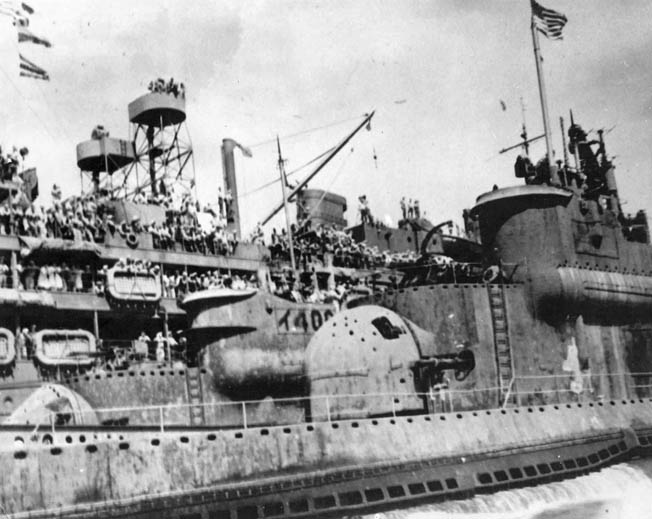
Twelve days later American B-29s littered the Inland Sea with sea mines, and the pathway to be used by Sub Division One became an ongoing hazard. Crews of Sub Division One and of the 631st were running short on patience with seemingly nonstop American harassment.
Ozawa’s intended date of attack after the final choice of the canal as target was September 22, 1945, but on March 26, 1945, Japan’s Army Chief, General Yoshijiro Umez, nixed Ozawa’s scheme. As America held such an overwhelming military advantage, he reasoned, far too much could be lost if Japan applied germ-warfare tactics.
By this time, however, a realization slammed home: Germany was on the verge of losing the war in Europe, and Japan, too, was in great danger. If the Allies won in Europe, it would be only a matter of time before the military might of the Western powers would be rushed from the Atlantic Ocean to the Pacific and concentrated against Japan. To forestall this from happening, the war would have to be dragged out until more advantageous events favored Japan. Since the quickest path from one ocean to the other was through the Panama Canal, the canal would have to be taken out. With dwindling options, Japan’s war chieftains were overwhelmingly agreeable to the Panama Canal plan. Instead of vulnerable surface aircraft carriers delivering the strike planes, this vital waterway would be destroyed via conventional aerial bombing, and accomplishing this mission became the sole reason for the existence of the I-400 series subs and Sub Division One.
Before the plan could be carried out, however, on April 1, 1945, the crucial battle for Okinawa began. Geographically, Okinawa is part of the far-reaching islands constituting the island nation of Japan. With that battle engaged, it was as if Japan itself was finally attacked.
By that time, Sub Division One was at Fukuyama, near Hiroshima, but then another impediment arose: a serious shortage of diesel fuel for IJN use. For Sub Division One to accomplish anything they would have to fetch their own fuel oil, so the I-400 went off to do just that. On April 14, the I-400 returned from Dairen, Manchuria, with 1,700 tons of fuel oil for its own use, and the I-13 and I-14 sailed for Chinkai, Korea, to acquire their share of fuel oil. (Originally the I-401 was designated to make the oil run. Having reached open sea, it brushed a sea mine and incurred damage. Damage was not severe but significant enough to force its return to harbor.)
Sub Division One was turned over to Captain Tatsunoke Ariizumi, formerly commander of the submarine I-8, where he had acquired a notorious record. Adhering to pressure from his top commanders, Ariizumi took to slaughtering survivors from ships the I-8 sunk. The survivors of one such sinking—the Dutch freighter SS Tjisalak, on March 26, 1944—were picked up in the water by an American vessel and Ariizumi’s criminal actions were made known.
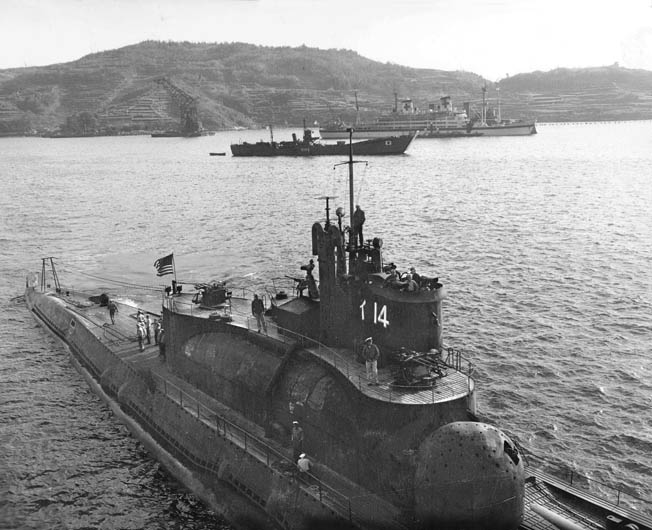
Ariizumi’s plan for proceeding onward to the Panama Canal mirrored Yamamoto’s Pearl Harbor approach of December 7, 1941. The four subs would set out with four months’ worth of stored rations on board. They would cross the northern east-west corridor of the Pacific and, once past Hawaii, the four subs would steer south, avoiding Pearl Harbor altogether.
The four would then surface within 100 miles of the coast of Ecuador (at the time all of South America was neutral concerning the Pacific War). Ten Seirans would be launched, fly east, and cross over northern Colombia and out into the Caribbean Sea. They would then swing west and come back upon the canal and drop their ordnance. The planes would continue heading northwest in the direction of their waiting subs. The pilots would then ditch as close as possible to their subs, the flight crews would be plucked out of the water, and all would head for home. The mission, they hoped, would extend the war in the Pacific for months, if not years, and buy preciously needed time for Japan.
That was the plan for September 22, 1945, but even that plan got nipped in the bud. Okinawa was the nip. Geographically, the island is at the tail end of the long string of islands making up the multi-island nation of Japan. To the Japanese, the strike on Okinawa could mean only one thing: The next battlefields would be on the four main islands of Japan. The military leaders hastened to intervene in such a stratagem. On June 21, 1945, the 82-day battle of Okinawa ended in an American victory. For both sides, the focus now shifted to the Ulithi Atoll.
The Ulithi Atoll is part of the Caroline Islands. In sand and dirt the atoll holds just less than two square miles of dry soil. Within the atoll is sequestered a 210-square-mile deep-sea port. With the Japanese occupants giving minimum resistance, America’s Navy had taken over the site on September 20, 1944. It was immediately transformed into a U.S. deep-sea service port and storage site. A Navy airstrip was laid out; a general, all-purpose hospital went up; and a desalinization plant made seawater potable.
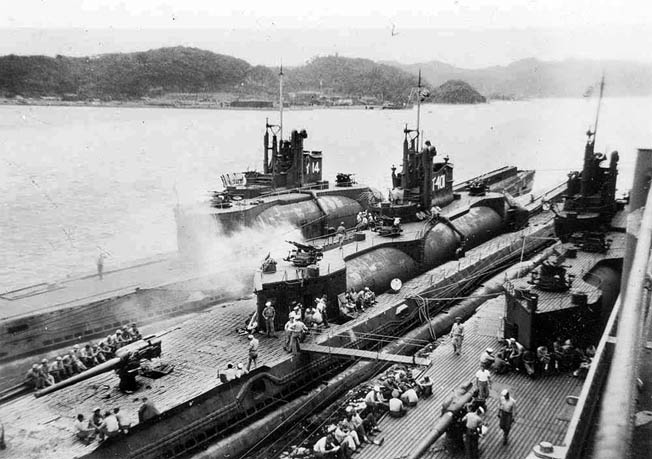
Ulithi became important for one purpose: It was the collection point for the final assault on Japan. Within the 210 square miles of water surrounded by the atoll were hundreds of U.S. Navy ships of all sizes, sorts, shapes, and purposes; more than 20 were aircraft carriers. If the Japanese wanted to delay any attack on the home islands, the American fleet and facilities at Ulithi had to be severely damaged.
For the second time, Sub Division One’s grand scheme to hit the Panama Canal was put aside. Starting June 12, 1945, at Nanao Bay, all training efforts would concentrate upon striking Ulithi. What was not known by the Japanese was how little time they had left.
Once back in home port, the I-13 and I-14 traded their Seiran torpedo bombers for more modest Nakajima C6N1 Saiun “Myrt” long-range reconnaissance planes; the Myrts would be delivered to Truk Island. What Ulithi and Pearl Harbor were to the Americans, Truk was to the IJN. Truk had been occupied by Japan in 1919 and, ever since, they had been building a deep-water port for future use.
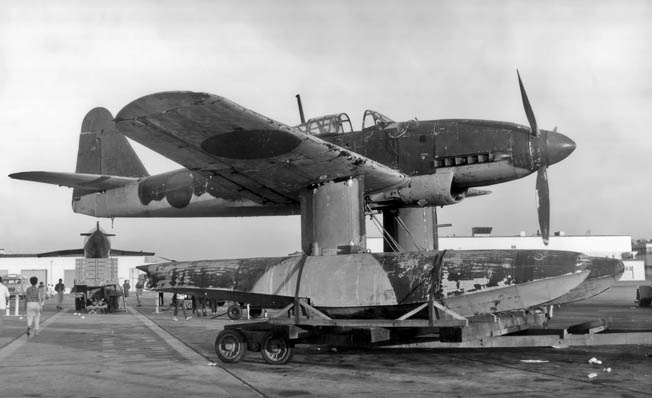
The four Myrts would gather attack intelligence while six Seirans would do the attacking. In an effort to fool the Americans, the Seirans were painted with U.S. Air Force markings and color schemes; their silhouettes, at a distance, could easily be mistaken for American P-51 Mustangs.
On July 11, the I-13 left Ominato for Truk with two Nakajima C6N2 Ayagumo “Colored Cloud” long-range scout planes on board. Five days later it was caught out in the open by a Grumman TBF Avenger torpedo bomber off the USS Anzio (CE-57) aircraft carrier. At that point the destroyer escort USS Lawrence C. Taylor (DE-415) joyfully jumped in; the I-13 was discovered and sunk.
Meanwhile, with no communications between them, the I-400, I-401, and I-14 continued toward their rendezvous point for a joint attack on the U.S. base at Ulithi, but a two-day typhoon on July 28-29 interfered with their progress. Once the storm had subsided, the I-401 crossed paths with an unescorted U.S. tanker vessel; it was allowed to slip away so as not to reveal the I-401’s presence. On August 4, the I-14 reached Truk, where the “Colored Cloud” planes were unloaded.
American surface ships and planes kept trailing and harassing Sub Division One, forcing Captain Ariizumi to keep issuing revised course plots to his remaining three subs. He then picked August 25 as the new date of attack against Ulithi, but first came August 6 and 8––the atomic bombings of Hiroshima and Nagasaki.
Undeterred by this turn of events (and possibly not even knowing about them), at sunset on August 14, the I-401 showed up at the right spot near Ulithi, but the other two subs were not there. The I-400 was still wandering about, unable to keep up with Ariizumi’s constant changes.
On August 14, 1945, Japan’s Emperor Hirohito issued a royal proclamation. It was actually a surrender notice: all Japanese land, sea, and aerial military units were to cease hostilities immediately and comply with all Allied authorities in terms of surrender. For Sub Division One that meant running on the surface displaying a black naval flag designating a ship being surrendered. On August 18, the three remaining Sen Toku subs received word to immediately set the quickest courses for their home ports. They were not to evade Allied or U.S. Navy ships if encountered, and to acquiesce to their directives.
The commanders and crews of Sub Division One had one major problem with those orders: believing them. It took a couple of days before the reality of the orders finally sank in, but the men became resigned to their humiliating fate: Japan had lost the war.
The remaining officers of Sub Division One stretched their orders a bit. They proceeded for home waters at 12 knots. On August 26, all three subs catapulted their planes, unmanned, out to sea, where they crashed and sank. The bombs were dropped overboard and all Type-95 torpedoes were fired into open water, where they also sank. Then came the elimination of logs, journals, orders, notes, charts, and so on, to prevent the Americans from ever knowing how close they came to being attacked, let alone by what they would have attacked. Then the race for home was on.
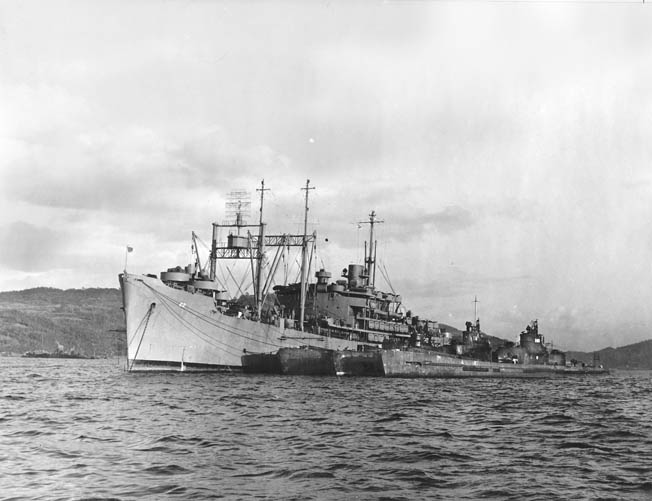
The next day, Navy pilot Lieutenant Robert Mahoney of VT-1 Squadron, flying an Avenger off the carrier USS Bennington (CV-20), was the first American to see a Sen Toku sub. Mahoney looked down and there was the I-401; within minutes, the I-14 also came into view. Both subs notched up their speed but showed no sign of offering resistance. Mahoney had to convey to the I-401 to reverse course and follow him.
Aboard the I-401, its skipper, Commander Toshio Kusaka, played dumb to Mahoney’s first pass and showed no signs of altering his sub’s speed or path. The Avenger came alongside in a second pass, that time within 100 feet of the evading vessel. Mahoney extended an upright thumb with his remaining fingers clenched. Perhaps the Japanese were unfamiliar with America’s “hitchhike” gesture. Kusaka pressed on. Feeling shunned by the I-401’s apparent inattentiveness, Mahoney came back around even closer. In that pass his message came across loud and clear. It was a shaken clenched fist—a gesture unavoidably clear in its internationally well-known sign language.
The I-401 reduced speed and, on August 29, the American submarine SS Segundo (SS-398) closed in and boarded it. Meanwhile, the I-14 was tailed by the U.S. destroyers Murray (DD-576) and Dashell (DD-659). Although within 300 miles of his home-port destination, Tsuruzo Shimizu gave up his flight and allowed his sub to be escorted to port.
By 5:30 pm, the destroyers Blue (DD-744) and Mansfield (DD-728) spotted the I-400. Whereas the surfaced I-400, with some of its crew on deck, took in the unfolding events with curiosity, those aboard the destroyers saw it in a different light. A sizable gathering of I-400 crewmen clustered around the 5.5-inch deck gun created suspicions among the Americans about Japanese intentions. The giant sub was ordered to come to a complete halt or be fired upon. Those upon the I-400, with no malicious intent, were just awe-struck and gawking at the warships hovering around them, but the sub’s skipper wisely complied with the order.
Captain Ariizumi knew full well that, upon return to port, he would be arrested and tried as a war criminal for his actions surrounding the Tjisalak incident and an American Liberty Ship massacre. To spare his family the pain and embarrassment of such an end, he retired to his cabin and, on August 30, shot himself. His body was wrapped in a Japanese flag by his crew and buried at sea.
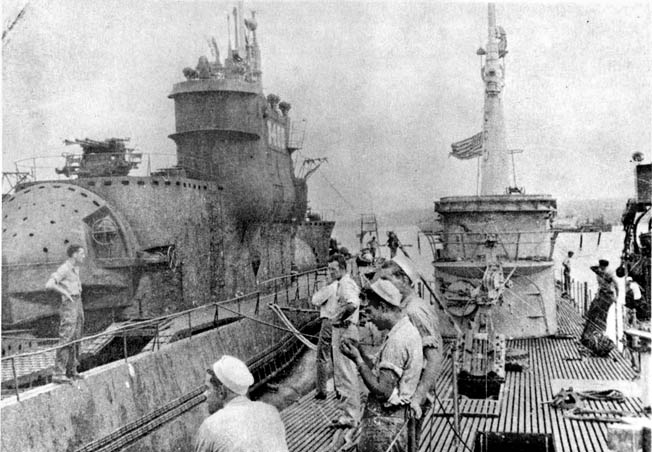
One by one the Japanese subs were boarded by American sailors. Communication between opposing officers was not a complication; Japanese naval officers were by-products of their country’s Naval Academy, required to master a foreign language, and English always topped the list.
It was an odd meeting aboard the subs. The Americans wore fresh, clean uniforms. They were shaved and immaculate in dress and appearance. Their counterparts were in dirty, rumpled uniforms and far along from applying a shaving razor to their beards after weeks at sea.
All three subs returned to an American-occupied Japan. The Americans quickly familiarized themselves with each sub and marveled at them. So the Americans could analyze them further, the three subs sailed away from Japan in the greatest secrecy and headed for Hawaii. There the American Navy went to great lengths studying the engineering of the I-400 series. According to postwar agreements, all the victorious Allied powers were to share what was garnished from their defeated enemies, but the I-400 series subs were not something the U.S. Navy was going to share with the Communist Soviet Union.
After all the information was gleaned, to keep the Sen Toku’s secrets secret, the I-401 was purposely torpedoed off the northwest coast of Hawaii during testing of America’s Mark 10-3 torpedo; the other three met the same fate. (In March 2005, the remains of the I-401 were discovered at a depth of 2,665 feet by the Hawaii Undersea Research Laboratory.)
Had not Hiroshima and Nagasaki intervened, there is no telling how the saga of the I-400 series submarines might have ended.
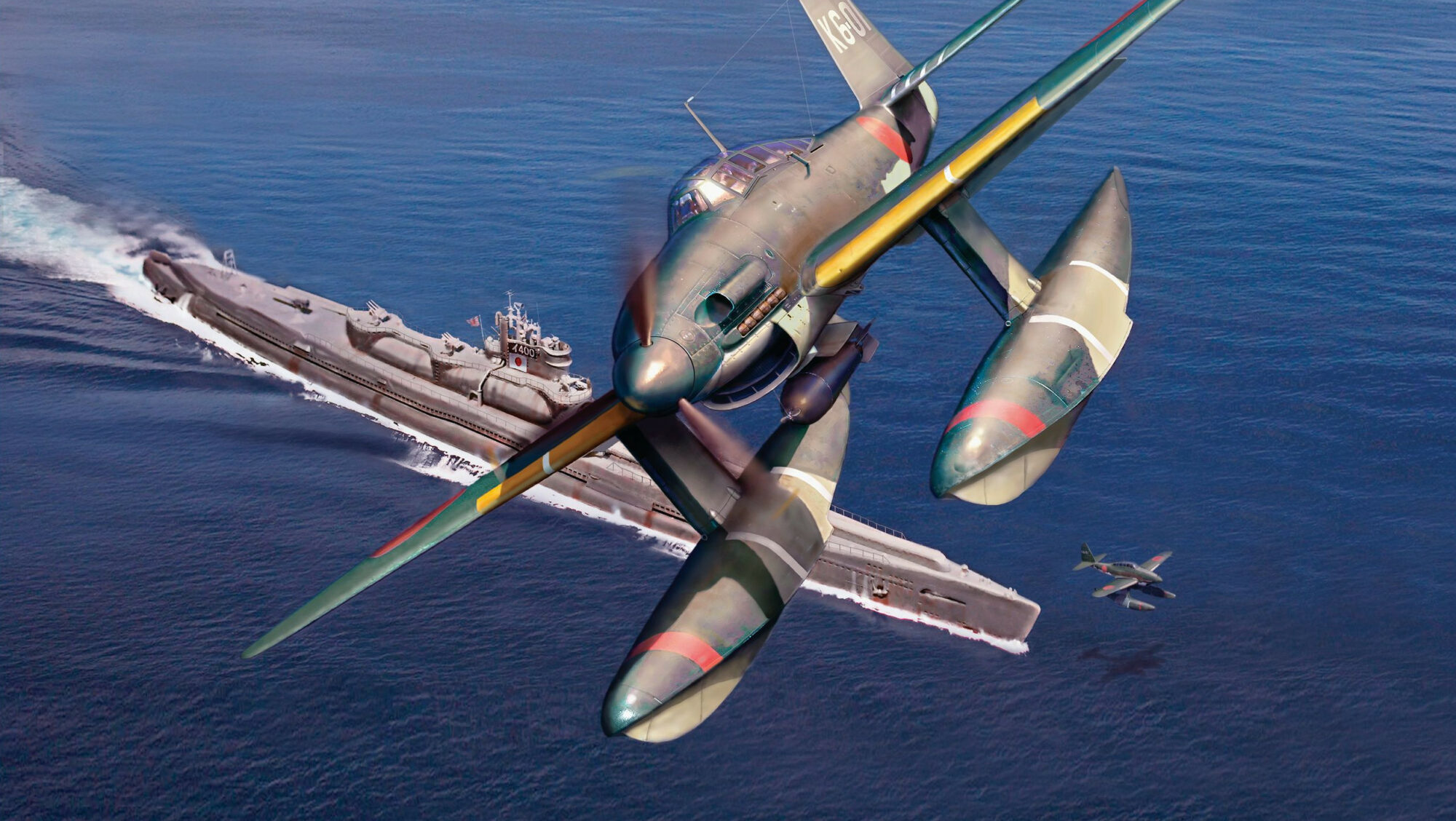
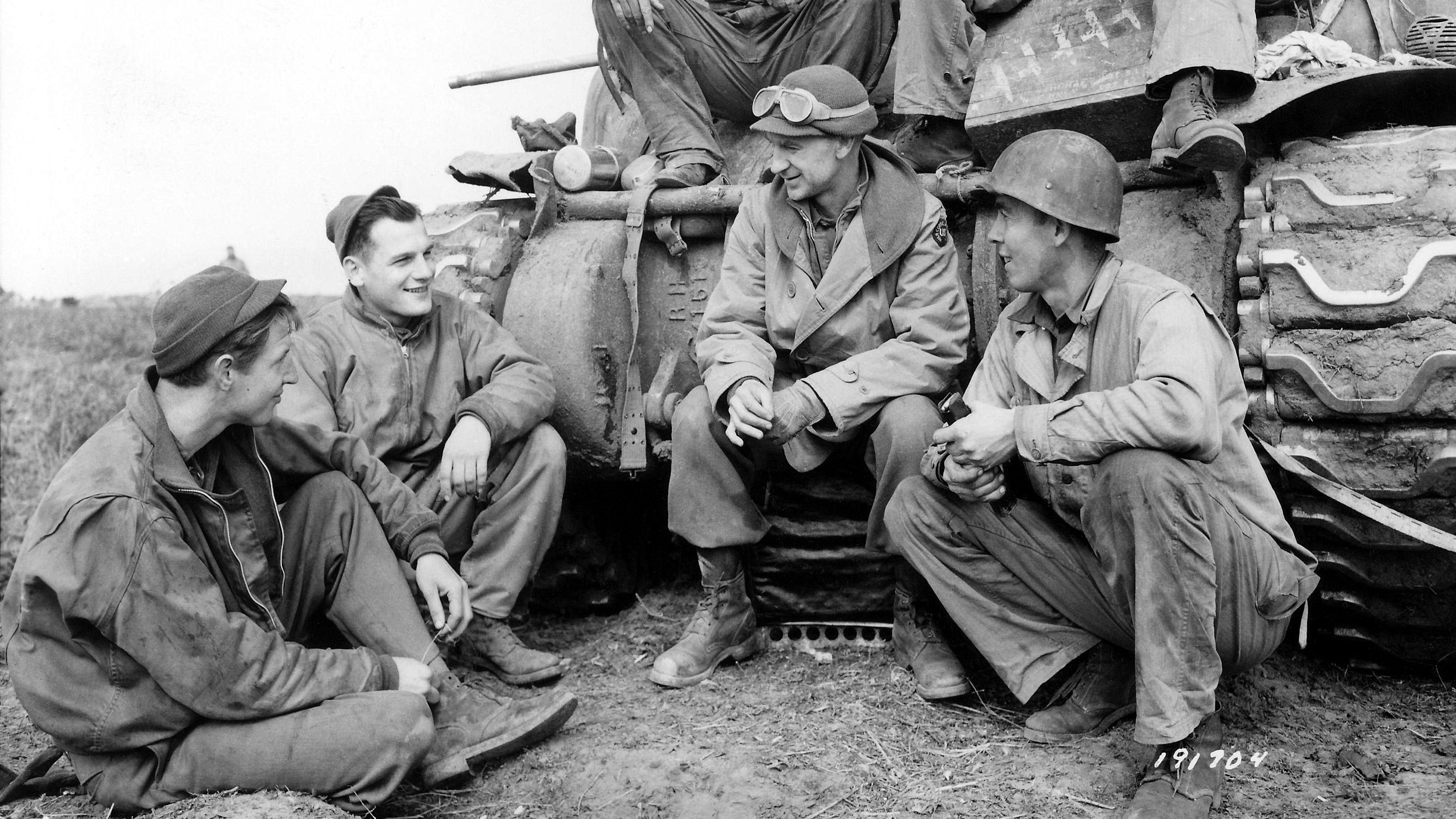
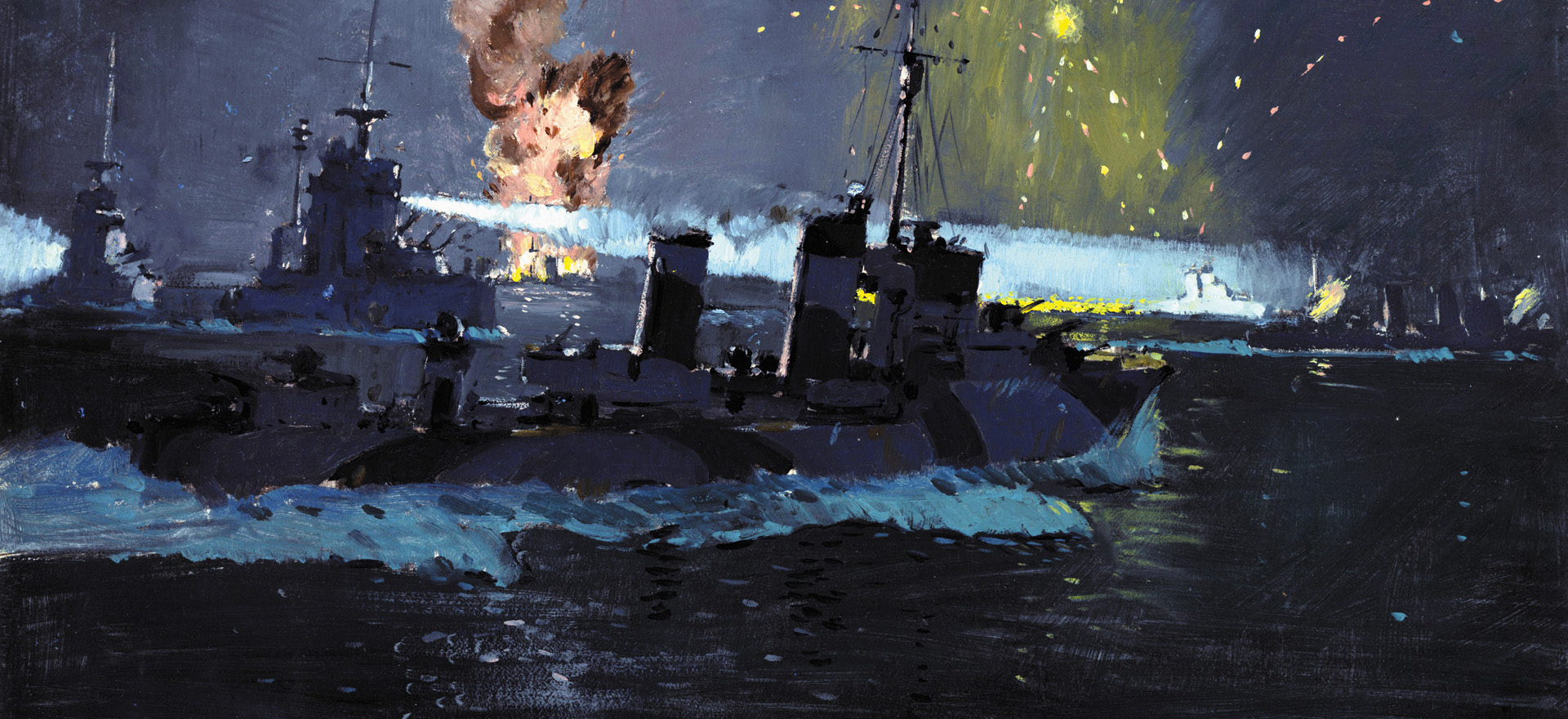
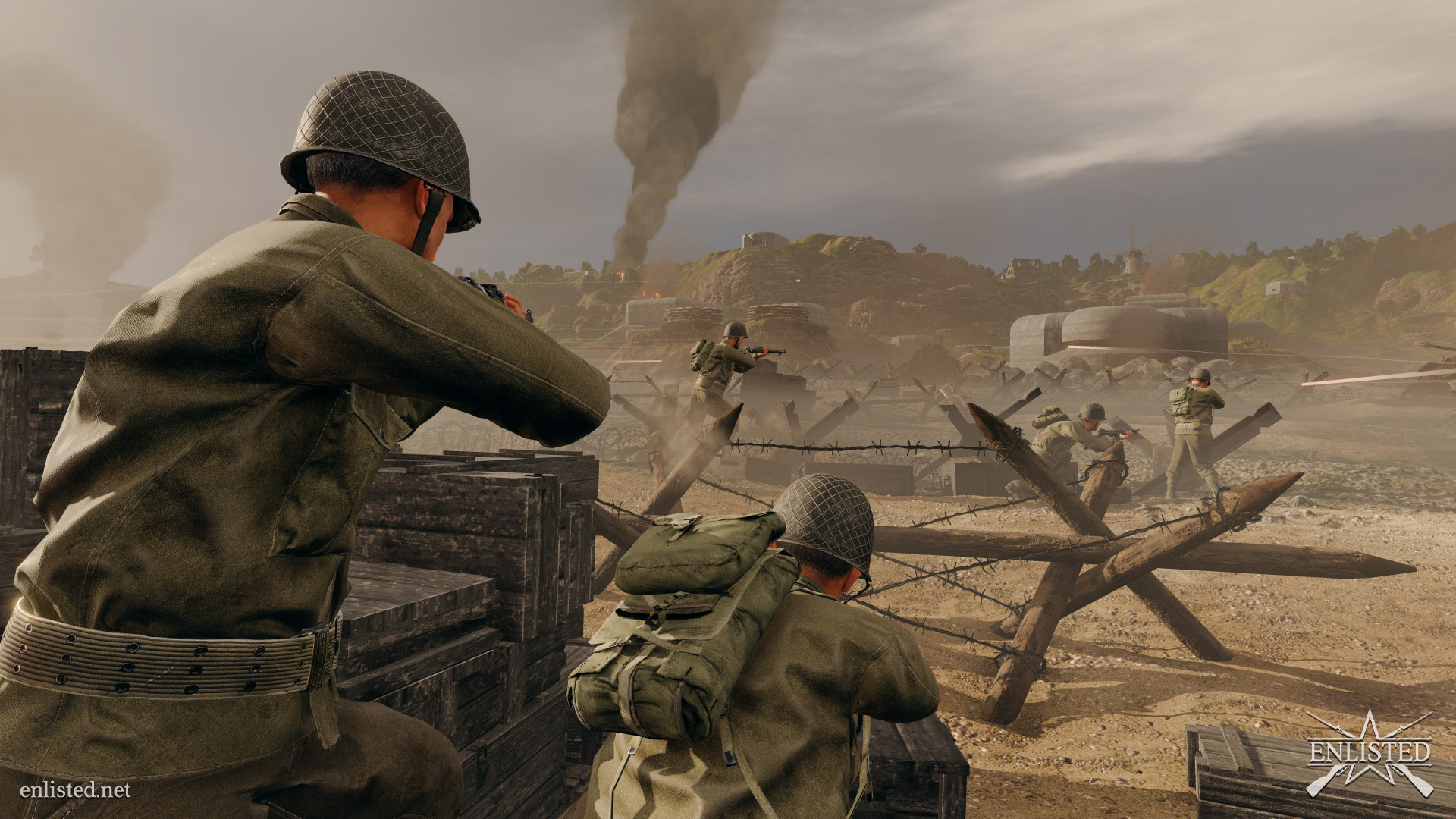

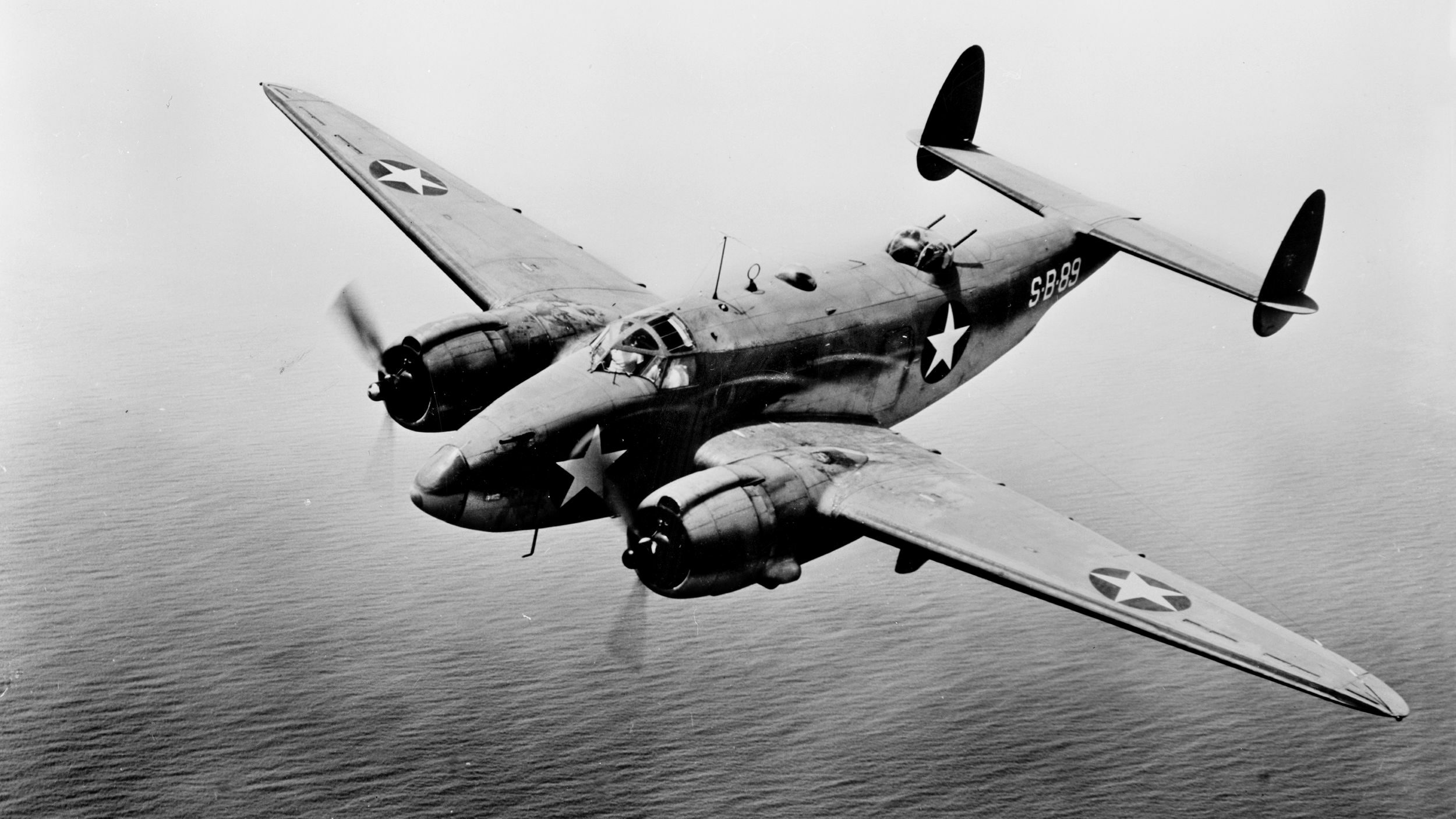
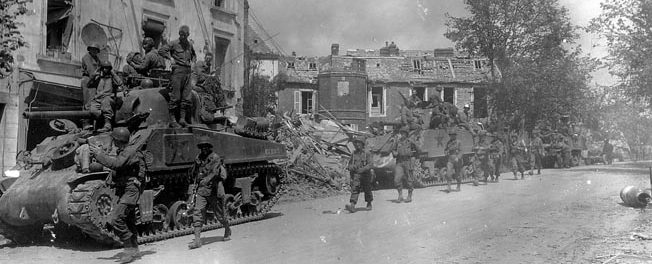

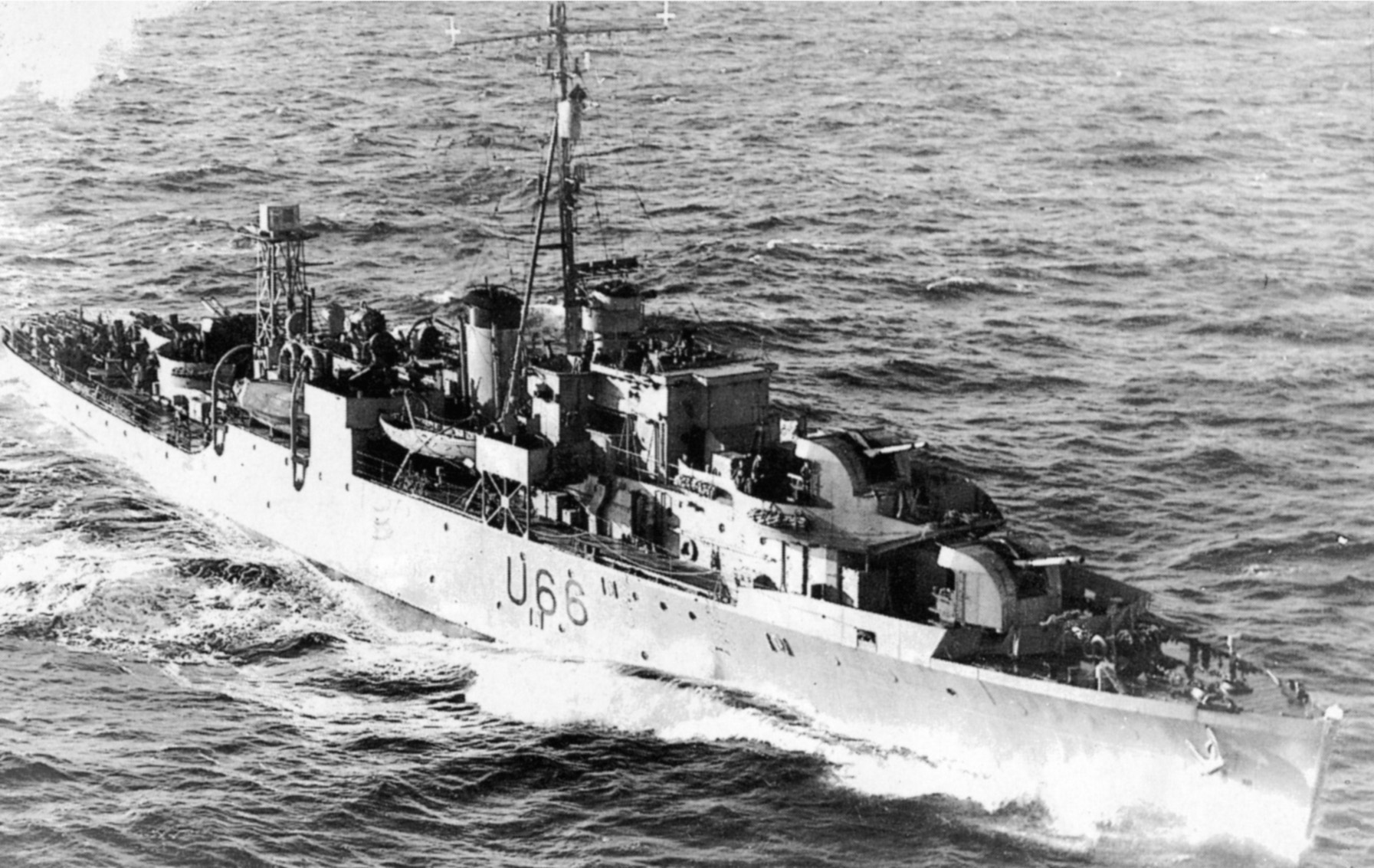
I believe that Nagasaki was bombed on, August 9, 1945.
While they were planning on bombing the Panama Canal with submarine-launched seaplanes, we were planning on sending two of their cities back to the stone ages with nuclear weapons. Interesting.